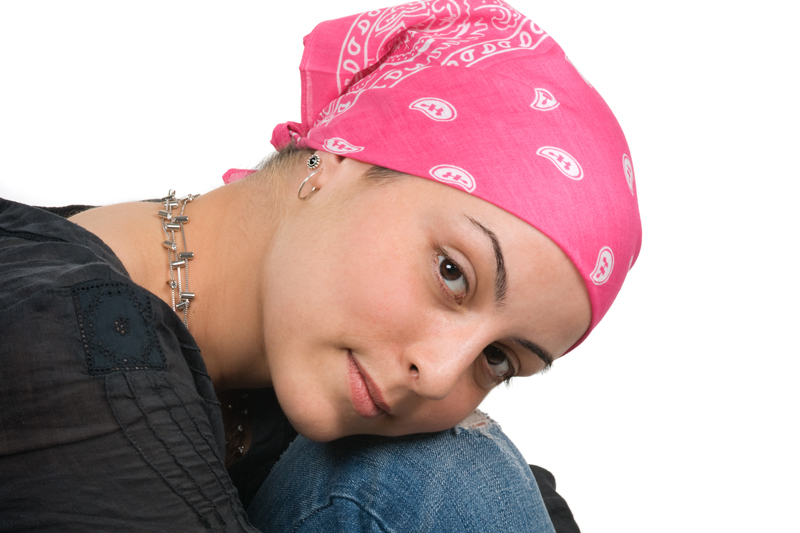Ongoing progress in the treatment of breast cancer has led to effective treatments and many options available.
The treatment is specific to each patient, with the aim of eliminating the cancer cells and preventing the recurrence of the disease. The method of intervention is chosen by a medical board, consisting of the surgeon-mammologist, the oncologist and the radiotherapist. Among other things, the type of disease and the presence of hormone receptors in the tumor, the size of the tumor and the proliferation of the cancer cells in the body (i.e. the stage at which the disease is located) and the presence of mutations in the genes that are susceptible to carcinogenesis are taken into account. It also considers the patient’s age, general health and personal preferences.
Surgery
If the lumpectomy is selected, the tumor is surgically removed along with a small portion of healthy tissue around the tumor. If cancer cells are detected in the tissue to be removed, new surgery is performed to remove a larger portion of the tissue.
Lumpectomy maintains a large portion of the breast as well as the nipple intact, and the method has been found to perform as well as mastectomy, since the tumor is not large.
Classic mastectomy involves the removal of the entire breast. Depending on the location of the tumor, the skin and / or the nipple may be preserved in the breast area and plastic surgery may be performed.
Breast surgery can be accompanied by removal of lymph nodes in the armpit area, to limit the spread of cancer, but also to evaluate the type of treatment to follow, as the presence of cancer cells in the lymph nodes increases the likelihood of other metastases to other body parts.
Radiotherapy
It is usually followed by lumpectomy to eliminate cancerous cells near the tumor site or elsewhere in the breast using radiation. The combination of lumpectomy and radiotherapy reduces cancer recurrence rates to below 5% for 10 years after treatment. Radiotherapy can also be given to patients who have undergone mastectomy after their physician has considered a number of factors such as age, tumor size, and the number of affected lymph nodes of the armpit.
Radiotherapy is usually performed daily for 5 or 6 weeks. Short-term side effects of the treatment include swelling and weight in the breast, redness of the skin and fatigue.
Chemotherapy
It is used to treat metastases, but also in cases where it is estimated that there is a high likelihood of metastases after the initial diagnosis. The chemotherapeutic regimen consists of specific drugs that are administered at regular intervals and are intended to inhibit the proliferation of cancer cells.
The side effects of the method depend on how well the regimen is tolerated by the particular patient, the type of medication used and the dosage applied. They usually last for the duration of the treatment and are tempered with appropriate treatment.
Hormone therapy
Hormone therapy treats cancer cells that are positive for progesterone or estrogen receptors. Usually this type of disease has a better prognosis. The treatment can be applied to both metastatic cancers and the early stages of the disease, as well as for precaution. In general, hormone therapy is better tolerated by patients than chemotherapy.






